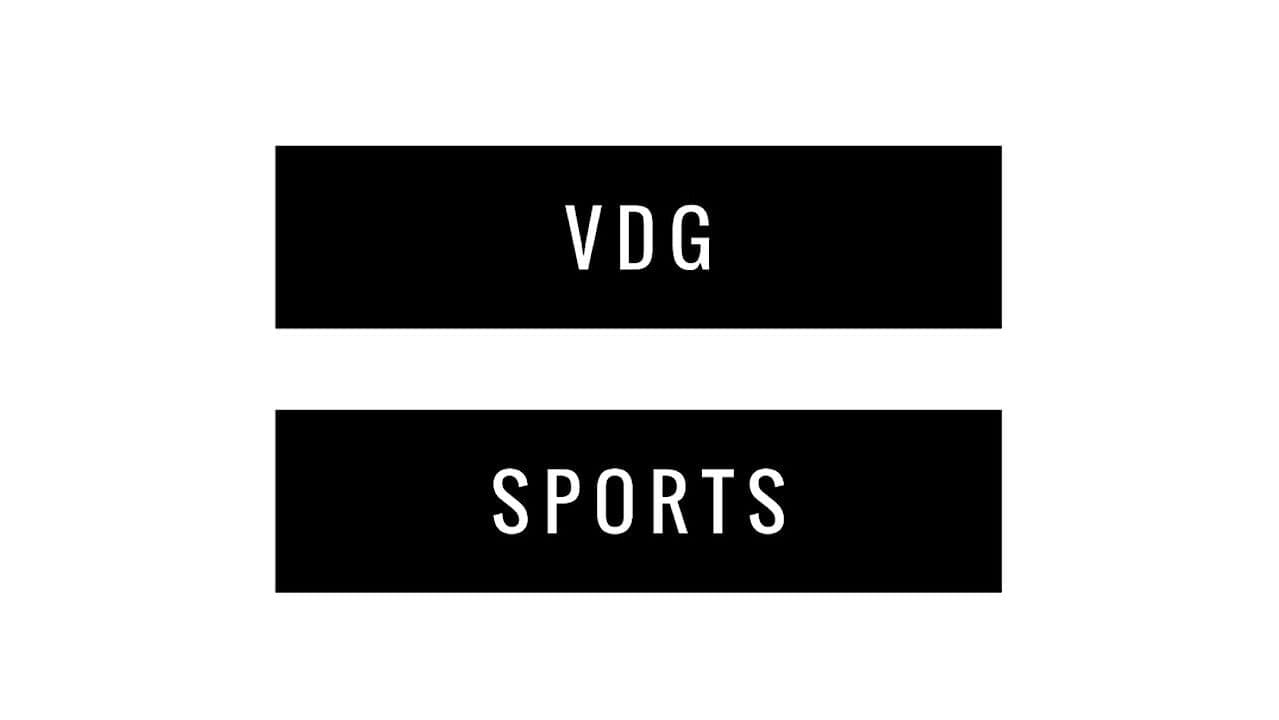NBA players hurt by the success of the league
Seems like star players of the league have been hurt more frequently during the past few years than ever before. With injuries becoming more or less when and not if, how should the league adjust? Under normal circumstance this league would have come up with a solution, however, with the pandemic still raging on it has been a challenge.
The unprecedented challenges posed by the ongoing pandemic have significantly impacted the NBA and its ability to address the increasing number of player injuries. The condensed schedule, altered training regimens, and limited offseason opportunities for rest and recovery have all contributed to a higher risk of injuries.
In recent years, star players who define the league’s popularity and draw large audiences have been sidelined more frequently, leaving fans disappointed and teams struggling to maintain their competitive edge. This trend has raised concerns among NBA officials and prompted discussions on how best to protect both players’ well-being and the league’s overall success.
One potential solution that has gained traction is implementing load management strategies. By carefully monitoring players’ playing time throughout the regular season, teams can reduce overexertion risks, helping mitigate injury occurrence. However, striking a balance between effectively managing workload while still providing an exciting product for fans remains a challenge.
Furthermore, investing in cutting-edge sports science technologies could play a crucial role in minimizing player injuries.
These technologies, such as wearable tracking devices and advanced imaging technology, can provide valuable data on players’ physical condition and help identify potential issues before they become serious. With this information, teams can make more informed decisions about player training regimens and rest schedules.
Additionally, the league could introduce tighter regulations on scheduling to ensure adequate recovery time for players. This might involve reducing the number of back-to-back games or implementing longer breaks between matches. By creating a less demanding schedule, players would have more opportunities to recover from minor injuries or fatigue.
Moreover, education and awareness campaigns aimed at both coaches and players could promote a culture of injury prevention. Providing resources on proper conditioning techniques, nutrition guidelines, and emphasizing the importance of sufficient rest could go a long way in reducing injury rates.
Another aspect that should not be overlooked is mental health support for athletes. The pressures of high-stakes competition can take a toll on their overall well-being.
By prioritizing mental health support for athletes, sports organizations can help address the emotional and psychological challenges that often accompany high-stress environments. Implementing programs to provide counseling services, stress management techniques, and promoting open dialogue about mental well-being would help create a supportive system for players. Additionally, encouraging team bonding activities and fostering a positive team culture could also contribute to reducing the potential negative effects of competition on mental health.
Furthermore, increasing funding towards research and development in sports medicine can lead to advancements in injury prevention strategies. Scientists could explore new technologies such as wearable devices that track biometrics or analyze movement patterns to identify potential areas of weakness or increased injury risk. Collaborating with medical professionals across the field would allow for a comprehensive approach when designing training regimens tailored to individual athletes.
In order to enforce these changes effectively, governing bodies within sports should implement stricter regulations regarding player safety. This could include mandating resting periods between matches or implementing mandatory days off during hectic game schedules.
Additionally, educational programs should be established to educate athletes and coaches about the importance of injury prevention and proper training techniques. These programs can cover topics such as effective warm-up routines, correct body mechanics during exercises, and the significance of rest and recovery in optimizing sports performance.
Furthermore, investing in sports science research would be crucial for gaining a deeper understanding of injury mechanisms and developing more targeted preventive measures. By utilizing advanced technologies like motion capture systems or biomechanical analysis tools, researchers could identify potential risk factors for injuries specific to each sport or even individual positions within a team.
Moreover, collaboration between sports teams and medical professionals should extend beyond injury prevention methods. Regular communication can help ensure that players receive consistent care when managing injuries or during rehabilitation processes. This would involve integrating medical staff into training sessions to address immediate concerns promptly while also taking long-term health considerations into account.
In order to enforce these changes effectively, governing bodies must actively oversee the implementation of safety regulations at all levels of competition.
This means establishing clear guidelines for injury prevention and ensuring that all teams, regardless of their level or resources, have access to the necessary medical support. It is crucial for governing bodies to allocate sufficient funds towards this initiative and invest in the education and training of sports medicine professionals.
In addition to preventive measures, it is important for governing bodies to implement strict protocols when it comes to managing injuries during games. This includes having qualified medical personnel on standby at every match who can quickly assess any potential injuries and provide immediate care if needed. Furthermore, players should feel encouraged and supported in speaking up about their own physical condition so that they are not pressured into playing while injured.
Collaboration between sports teams, athletes’ representatives, and medical professionals should also extend beyond the scope of individual competitions. Regular meetings can be scheduled where coaches, trainers, physicians, and other experts come together to discuss best practices in terms of athlete health management.
